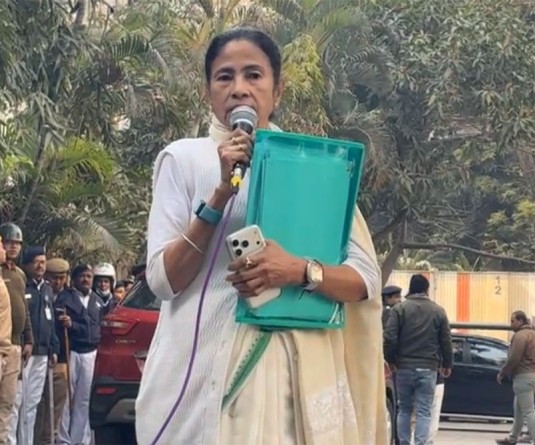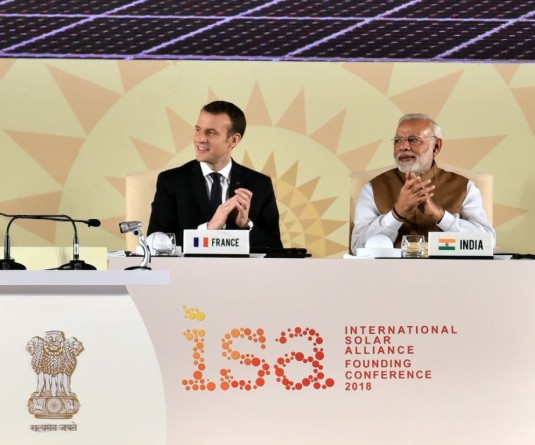
Washington, January 18 (Agencies): India with a total illegal capital flight of $104 billion during 2000-08 ranked fifth in Asia with the largest portion of global outflows at almost a half-trillion dollars in 2008 alone, reveals a new report. Across the nine years from 2000 to 2008, the five Asian countries with the largest total illegal capital flight were: China ($2.2 trillion); Malaysia ($291 billion); Philippines ($109 billion); and Indonesia and India - both $104 billion.
On an average, these five countries account for 96.5 % of total illicit flows from Asia and 44.9 % of flows out of all developing countries, says the study by Global Financial Integrity (GFI), a Washington DC-based research and advocacy organisation which promotes transparency in the international financial system.
However, the shares of Asia region compared to total developing world have been declining; the top five Asian countries transferred 36.9 % of illicit flows from all developing countries in 2008, down from 53.3 % in 2000.
The report finds that crime, corruption, and trade mispricing removed approximately $6.5 trillion from the developing world over the decade 2000 through 2009. Asia accounted for 44.4 % of total illicit flows from the developing world followed by the Middle East and North Africa (17.9 %), developing Europe (17.8 %), Western Hemisphere (15.4 %), and Africa (4.5 %). According to the magnitude of outflows the countries were ranked as: 1. China $2.18 trillion; 2. Russia $427 billion; 3. Mexico $416 billon; 4. Saudi Arabia $302 billion; 5. Malaysia $291 billion; 6. United Arab Emirates (UAE) $276 billion; 7. Kuwait $242 billion; 8. Venezuela $157 billion; 9. Qatar $138 billion and 10. Nigeria $130 billion.
India, which was the fifth largest exporter of illicit capital in the 2008 report, is now ranked 15th among developing countries. The reasons why average illicit flows from India slipped in the country rankings have nothing to do with policies and conditions required for the curtailment of such outflows, the report said. For one, illicit outflows from several oil producers such as the UAE, Kuwait, Venezuela, Qatar, Nigeria, Kazakhstan, and Indonesia (in that order) now outpace those from India. For another, there were substantial inflows of illicit capital into India (mostly through the balance of payments but also through trade mispricing) that were set to zero under the gross outflows method.
The most important finding of the GFI study on India is that while economic reform can be largely credited for driving faster economic growth, large sections of the population could not benefit from the growth, and income distribution became more skewed.
The resulting proliferation of high net worth individuals drove illicit flows in the absence of an improvement in public and corporate governance, it said. Moreover, another by-product of reform namely, trade liberalisation, spurred an expansion of the traded sector relative to GDP. The resulting trade openness provided more opportunities for related and unrelated parties to misprice trade and shift billions of dollars in illicit capital from the country, the report said.
On an average, these five countries account for 96.5 % of total illicit flows from Asia and 44.9 % of flows out of all developing countries, says the study by Global Financial Integrity (GFI), a Washington DC-based research and advocacy organisation which promotes transparency in the international financial system.
However, the shares of Asia region compared to total developing world have been declining; the top five Asian countries transferred 36.9 % of illicit flows from all developing countries in 2008, down from 53.3 % in 2000.
The report finds that crime, corruption, and trade mispricing removed approximately $6.5 trillion from the developing world over the decade 2000 through 2009. Asia accounted for 44.4 % of total illicit flows from the developing world followed by the Middle East and North Africa (17.9 %), developing Europe (17.8 %), Western Hemisphere (15.4 %), and Africa (4.5 %). According to the magnitude of outflows the countries were ranked as: 1. China $2.18 trillion; 2. Russia $427 billion; 3. Mexico $416 billon; 4. Saudi Arabia $302 billion; 5. Malaysia $291 billion; 6. United Arab Emirates (UAE) $276 billion; 7. Kuwait $242 billion; 8. Venezuela $157 billion; 9. Qatar $138 billion and 10. Nigeria $130 billion.
India, which was the fifth largest exporter of illicit capital in the 2008 report, is now ranked 15th among developing countries. The reasons why average illicit flows from India slipped in the country rankings have nothing to do with policies and conditions required for the curtailment of such outflows, the report said. For one, illicit outflows from several oil producers such as the UAE, Kuwait, Venezuela, Qatar, Nigeria, Kazakhstan, and Indonesia (in that order) now outpace those from India. For another, there were substantial inflows of illicit capital into India (mostly through the balance of payments but also through trade mispricing) that were set to zero under the gross outflows method.
The most important finding of the GFI study on India is that while economic reform can be largely credited for driving faster economic growth, large sections of the population could not benefit from the growth, and income distribution became more skewed.
The resulting proliferation of high net worth individuals drove illicit flows in the absence of an improvement in public and corporate governance, it said. Moreover, another by-product of reform namely, trade liberalisation, spurred an expansion of the traded sector relative to GDP. The resulting trade openness provided more opportunities for related and unrelated parties to misprice trade and shift billions of dollars in illicit capital from the country, the report said.






